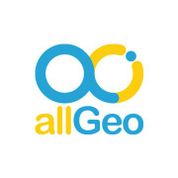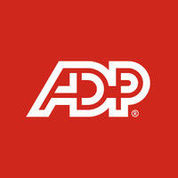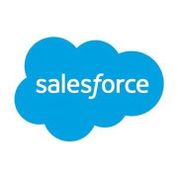allGeo is a Time Tracking Software. allGeo offers Mobile Time Tracking, Automatic Time Capture, Employee Scheduling, Multi-Location Scheduling, Overtime Calculation and many more functionalities.
Some top alternatives to allGeo includes OpenTimeClock, VeriClock, ClockIt, Timesheet and Time Card.
No, allGeo doesn't provide API.
Yes, allGeo provides a mobile app.
allGeo is located in Palo Alto, California
allGeo offers Subscription, Quotation Based pricing models
Yes, allGeo can integrate with Quickbooks, ADP Workforce Now, HubSpot CRM, Pipedrive and many more.You can find more integration for allGeo here
The starting price is not disclosed by allGeo. You can visit allGeo pricing page to get the latest pricing.































